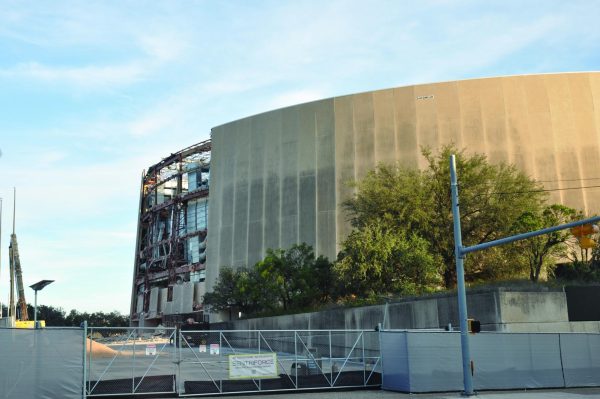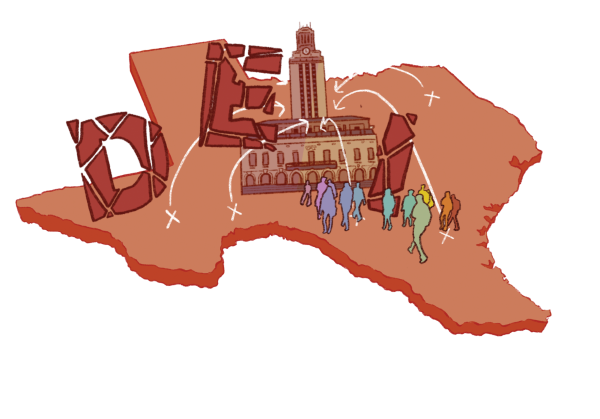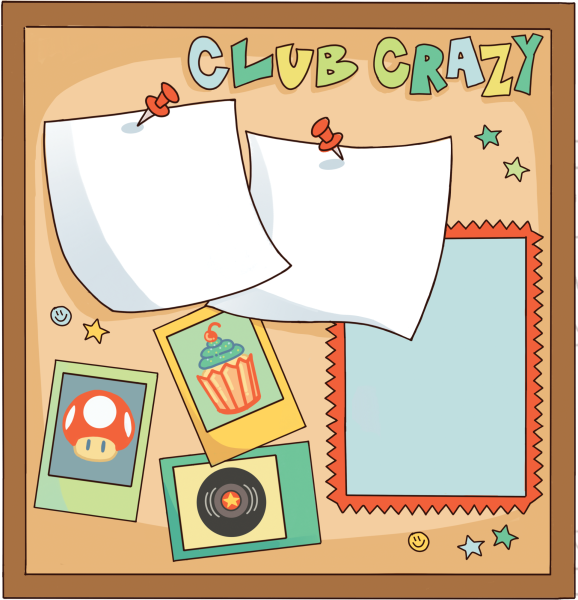Austin Marathon Sprints to the 30-Year Finish Line
March 28, 2022
The Austin Marathon has been around since 1992, making this year’s run in February the event’s 30th anniversary. As the 25th-largest marathon in the United States, the Austin marathon brings people from all over to participate in the iconic event, according to Anita Ardeneaux, an ambassador for the Austin Marathon.
Ardeneaux has run the Austin Marathon since 2017. She helps promote the marathon to other people by spreading the word about it through flyers and social media.
“The biggest goal is just to promote the race and help other people sign up for it,” Ardeneaux said. “So we each get a special, unique code that is a discount for people who want to sign up. It’s promoting through friends and family and running groups, social media, just encouraging people to sign up for the race, and then just be an advocate for talking about why it’s such a great race and just kind of helping with whatever Austin Marathon needs in promoting.”
The Austin Marathon is also a popular event because of its scenic views, and runners are able to see lots of Austin, according to junior Sophie Russell, who ran the marathon in 2019 and plans to run it again this year. The marathon runs through multiple Austin neighborhoods, such as Hyde Park and South Congress.
“It was really nice, because it went all over all the sides of Austin,” Russell said. “So I got to experience a lot of different areas of Austin in the three hours.”
According to Russell, the marathon is also very supportive. People come out and help cheer on the runners through the marathon.
“The Austin Marathon is just one of the best runs in Austin,” Ardeneaux said. “It’s a really fun run that takes you through the city. And the energy is great, like the community really comes out and supports the runners, which makes the run a lot more fun. And it’s just a really fun run, and definitely one that’s known in the city.”
Community is a big part of the event, according to Russell. Russell also added that the marathon and its supporters help to make it more special for the runners.
“The Austin Marathon is very different, because there’s so much more massive support,” Russell said. “Since I had not really experienced that before, it was really kind of surprising. They had live bands for the first few miles. And after that it was just consistent, just people sitting on their porches. And people with bells at every aid station. I mean, all the way until the end.”
The marathon has also evolved a lot over time, according to Ardeneaux. These changes range from the course route to functioning with COVID-19 protocol.
“I think the biggest change is the route changed,” Ardeneaux said. “It went to a different neighborhood and now it goes to the east side of 35. The last couple years have been a little interesting with the pandemic and all the security issues that have been put in place. But it’s always been a very solid run.”
Community outreach manager Fiona Hayden said the marathon has also expanded over its thirty years. This means that they have been gaining a bigger number of runners and expanding the variety of races.
“The marathon has evolved over time in so many ways,” Hayden said. “It used to only be just a marathon. Now we’ve added different distances, and partnerships with the community have evolved as well as the marathon continues to grow. We’re able to connect with different businesses and organizations to run aid stations on our course. As well as just get more participants from the country as well as internationally.”
When the pandemic happened, marathon organizers also had to change some of the protocol for operating the event, according to Hayden. She later added that they have been working closely with Austin Public Health to make the marathon a safer place for runners.
“We work with Austin Public Health to create a plan for our event based on what stage of COVID we’re in in Austin,” Hayden said. “Right now we just don’t know what stage we’ll get in February, but we work closely with Austin Public Health to make sure that we’re all state and local guidance to hold a large-scale event here in Austin.”
The marathon is a big part of the Austin community. It helps to bring out some of the Austin spirit, according to Ardeneaux.
“I think it’s a great thing for the community because it encourages people, the people who participate and encourages them to have this goal of running a half marathon or a marathon,” Ardeneaux said. “So it’s good for their well being, their health. And it’s really fun as a spectator of the sport to be out on the course and watch all these incredible athletes run by and you’re cheering them on, and there’s just a very positive environment on the day of the race, which is really fun.”









